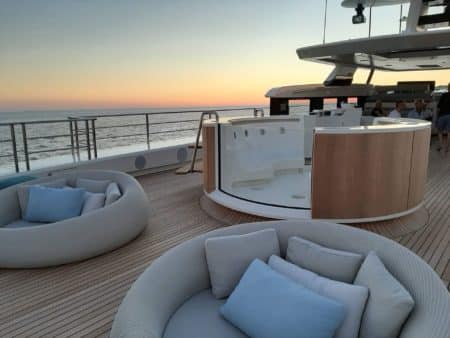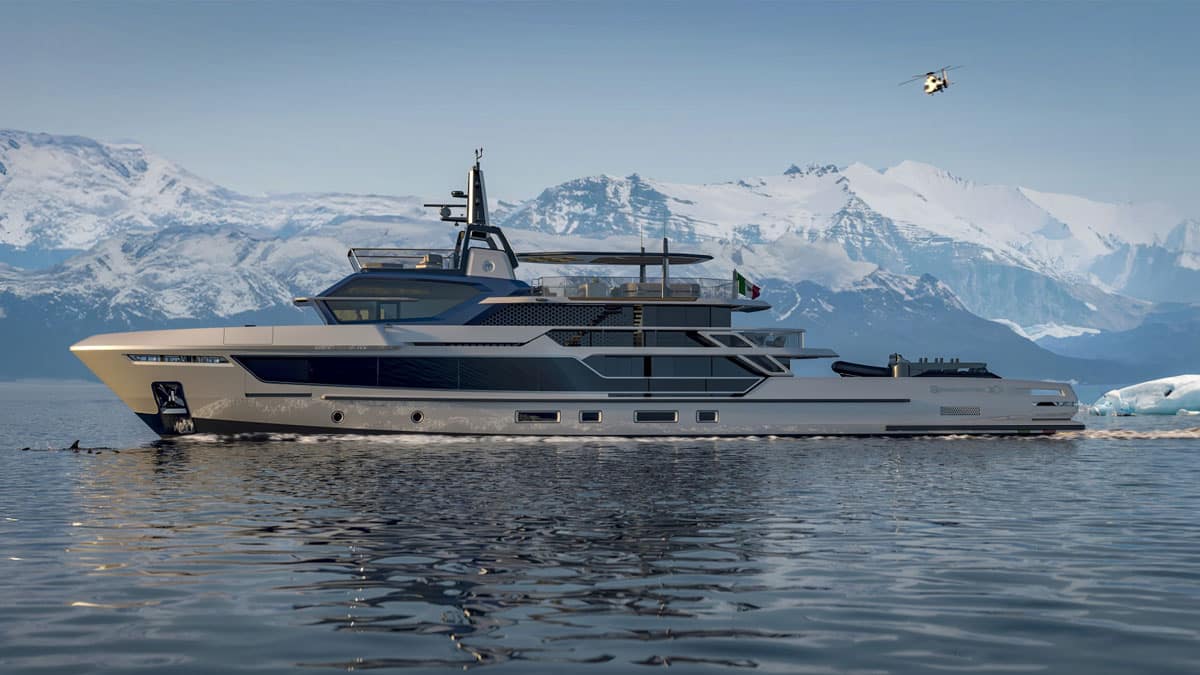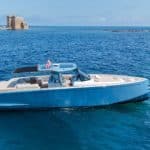Far from the white sandy beaches, turquoise waters and mass tourism, sailing in Arctic waters offers a different and unique experience. For a yacht owner, venturing into these perilous zones represents a major challenge. Only a yacht adapted to these extreme sailing conditions, and precautions taken beforehand, will enable you to look forward to your experience in the Far North with peace of mind. In the end, you’ll be able to look back on grandiose landscapes and an endangered wilderness that will leave you with unforgettable memories.
Choosing a yacht-friendly destination among the Arctic countries
 Sailing in the Arctic region is still a relatively recent phenomenon, but it has nevertheless grown at an unprecedented rate over the last ten years. In the period preceding the Covid-19 pandemic, there were already 85,000 tourists a year in Greenland, 120,000 in Norway and 10,000 in the Canadian Arctic region. This development is linked to the increase in the number of cruises offered in this region. Environmental issues and the fear of the disappearance of this glacial heritage have led to what is known as last chance tourism. The aim is to see this unique panorama before it is in danger of disappearing.
Sailing in the Arctic region is still a relatively recent phenomenon, but it has nevertheless grown at an unprecedented rate over the last ten years. In the period preceding the Covid-19 pandemic, there were already 85,000 tourists a year in Greenland, 120,000 in Norway and 10,000 in the Canadian Arctic region. This development is linked to the increase in the number of cruises offered in this region. Environmental issues and the fear of the disappearance of this glacial heritage have led to what is known as last chance tourism. The aim is to see this unique panorama before it is in danger of disappearing.
The Arctic region includes Russia, Norway, Iceland, Canada, Denmark and Greenland. Not all these countries check-in to the tourist craze in the same way. Sailing is highly regulated in Russia. It is important to find out in advance about the maritime law of the country off which you wish to sail, to avoid any infringement of the regulations in force.
Sailing a yacht in Arctic waters: the importance of choosing the right season
Although the extent of pack ice is tending to diminish, the Central Arctic remains a region entirely covered in ice all year round. The rest of the territory is divided into a winter season, during which it is not possible for a yacht to sail as part of a tourist trip, and a summer season when the ice melts. Only the periods when the ice retreats represent the navigable season.
Even during this more favourable season for yachts, changes in the glacial landscape can be rapid and make your journey complex. Strong, unpredictable currents can move icebergs and ice floes. It is therefore essential to be an experienced yachtsman to be able to adapt to these particularly dangerous conditions.
The risks of sailing a yacht in Arctic waters
In principle, the Arctic region is not very hospitable. The major constraint for sailors wishing to venture into these waters is the harsh climate and extreme cold. Temperatures are freezing and winds can be violent. Weather conditions are highly changeable. As a result, your navigation remains fairly unpredictable and requires an ability to adapt to the elements. Potentially dangerous storms for you and your crew can occur without you having been able to organise yourself. The presence of floating ice and icebergs requires constant vigilance and in-depth navigation skills.
Meteorological phenomena such as the Northern Lights, although magnificent to observe, represent a significant danger when sailing aboard your yacht. They can interfere with electronic navigation instruments. A good knowledge of tides and currents is a must when venturing into Arctic waters.
A yacht organised for extreme conditions: a prerequisite for sailing in the Far North
 If you’re planning to travel to Arctic waters, we advise you to organise your yacht for the trip. At Pelagia Yachting, we provide assistance to yacht owners, whatever their destination. We can advise you on the best technologies to install on board your yacht for this type of voyage, or even arrange for your boat to be fitted out by the most competent professionals in the sector. Most of the time, the Arctic zones are a long way from populated areas, and therefore from rescue services. It is essential to have the necessary equipment and logistics on board to deal with any emergency situation. The aim is to avoid being forced to call on outside help in the event of a problem, whether it’s a health issue, engine failure or any other technical problem. Our teams can also help you plan the logistics of your trip, providing you with everything you need to be self-sufficient. You’ll need to have enough fuel, food and other provisions to ensure that you don’t need any outside help when you’re on board your yacht in the Arctic.
If you’re planning to travel to Arctic waters, we advise you to organise your yacht for the trip. At Pelagia Yachting, we provide assistance to yacht owners, whatever their destination. We can advise you on the best technologies to install on board your yacht for this type of voyage, or even arrange for your boat to be fitted out by the most competent professionals in the sector. Most of the time, the Arctic zones are a long way from populated areas, and therefore from rescue services. It is essential to have the necessary equipment and logistics on board to deal with any emergency situation. The aim is to avoid being forced to call on outside help in the event of a problem, whether it’s a health issue, engine failure or any other technical problem. Our teams can also help you plan the logistics of your trip, providing you with everything you need to be self-sufficient. You’ll need to have enough fuel, food and other provisions to ensure that you don’t need any outside help when you’re on board your yacht in the Arctic.
















Leave A Comment